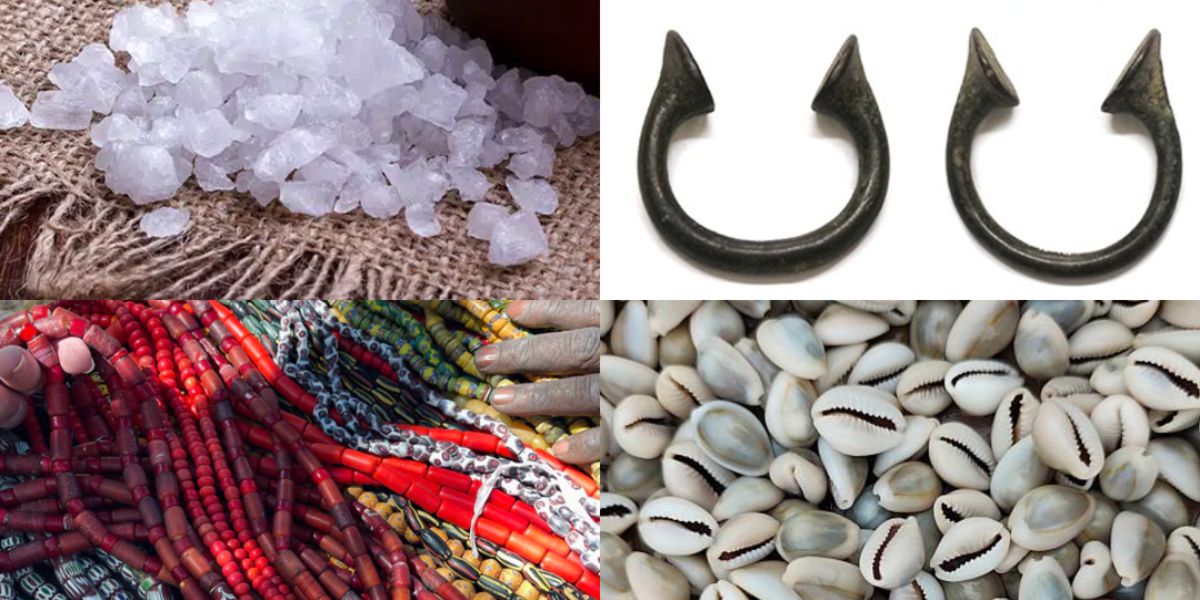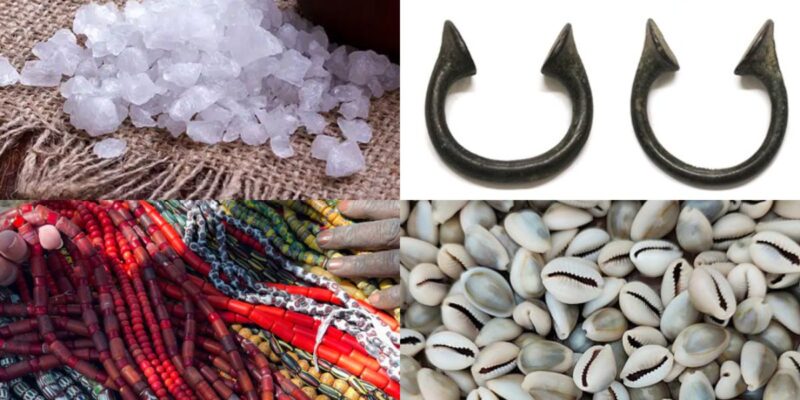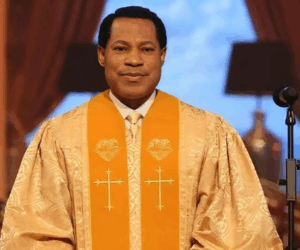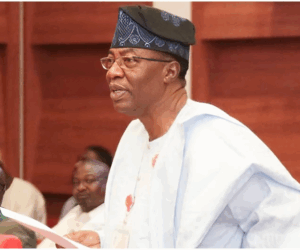
It is common knowledge that money makes the world go round, but have you ever wondered what Nigeria used as a means of trade and exchange before we had the naira in our wallets or even bank apps on our phones?
Once upon a time, manilas, beads, salt, and cowries were the major forms of legal tender across cultures. Before the Central Bank of Nigeria (CBN) came into the picture, our ancestors had their own creative ways of putting value on things, and our journey from cowries to crisp polymer notes is quite an interesting one.
Let’s take a trip back in time and trace the evolution of Nigerian currency from manilas to shillings, pounds to naira and with all the colourful twists along the way.
Cowries, Manilas, Beads & Salt
Long before colonial rule, Nigerian communities had their own systems of trade. For example, in the north, items like salt, kolanuts, and livestock were not just consumed, they were also a form of currency.
Across the Yoruba and Igbo lands, cowrie shells and beads were a lot more popular. Imported mainly from the Maldives, these small, shiny shells became so popular that they dominated trade for centuries.
Cowries were not only a form of currency, but they were also status symbols. Having thousands of them in your clay pot equals having a fat bank account today. Aside from cowries, people also traded with manilas (bracelet-shaped bronze or copper objects), beads, and cloth.
Imagine walking into Balogun market today and paying for Ankara with a string of beads or a couple of cowries.
Colonial Coins & Shillings
In the late 19th century, things took a turn when the British colonial government stepped in. In 1880, the colonial ordinance introduced shillings and pence as the official currency in British West Africa.
The Bank of England managed the coins, and they were distributed through the Bank of British West Africa until 1912.
For the first time, Nigerians were dealing with coins like one shilling, one penny, half-penny and even one-tenth of a penny. They replaced the age-old cowries, and I like to imagine that they jingled in pockets, and they must have been strange.
Imagine swapping your familiar cowrie shells for heavy coins stamped with foreign faces.
From 1912 to 1959, the West African Currency Board (WACB) took over and issued the first real banknotes and coins for Nigeria, Ghana, Sierra Leone and The Gambia. The highest note was just one pound, and the one-shilling coin was said to be king among coins.
The Birth Of Nigerian Currency
Nigeria took a bold step toward independence in 1959, when the Central Bank of Nigeria (CBN) issued its own banknotes for the first time. With this, we can say Nigeria got economic independence before political independence.
However, the notes were later redesigned to reflect Nigeria’s new republican status on 1st July 1962. The old inscription “Federation of Nigeria” was changed to “Federal Republic of Nigeria”, an obvious mark of pride and sovereignty.
Another redesign happened in 1968, during the civil war, due to the misuse of banknotes in conflict zones. By then, money was no longer just a means of trade but a means of power and affluence.
Transition From Pounds To Naira
In January 1973, Nigeria made one of the most important currency shifts in its history. The nation ditched the British-style pounds, shillings, and pence and adopted the decimal system. £1 became ₦1, which was equal to ten shillings, and the naira was divided into 100 kobo.
The first set of notes featured ₦10, ₦5, ₦1, and 50 kobo, while coins came in 20k, 10k, 5k, 1k and even half kobo. The coins had the exact dimensions of 12 x 123 inches, and they all carried the image of the CBN’s former headquarters in Marina, Lagos.
Here Is How The Hero Notes Came By
By 1979, more notes were introduced, featuring portraits of Nigerian heroes. To make it easier to tell them apart, each denomination had its own distinctive colour. And at the back, it had engravings that celebrated aspects of Nigerian culture like art, farming, education, and unity.
As Nigeria’s economy evolved, higher denominations became necessary. Between 1999 and 2005, Nigeria saw the birth of ₦100, ₦200, ₦500, and ₦1000 notes. Then in 2007, the ₦20 was reissued on a polymer substrate, that is, the smooth, plastic-like material we still see today.
By 2009, ₦50, ₦10, and ₦5 were also switched to polymer, making our lower denominations crisp and more complex to fake, and the ₦2 coin was also introduced.
Later on, commemorative notes also made their debut. ₦50 in 2010 to mark Nigeria’s 50th independence anniversary and ₦100 in 2014 to celebrate 100 years as a nation.
The most recent change to the notes came in November 2022, when the colours of the ₦1000, ₦500, and ₦200 notes were changed. The move aimed to tackle hoarding, improve the circulation of clean notes, and fight counterfeiting.
But it also caused serious problems. Long queues, cash scarcity, and plenty of heated debates on the streets and online made it one of the most dramatic moments in Nigeria’s currency history.








